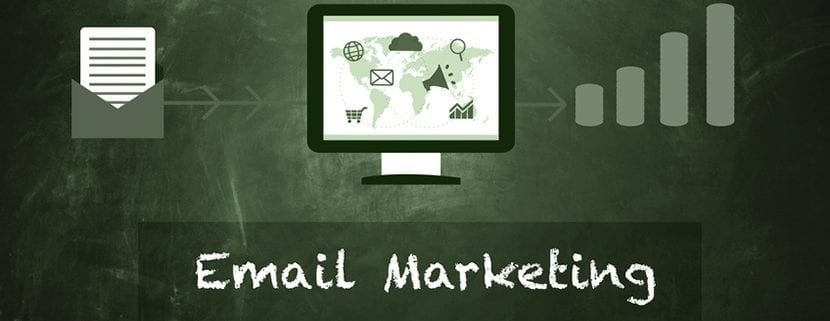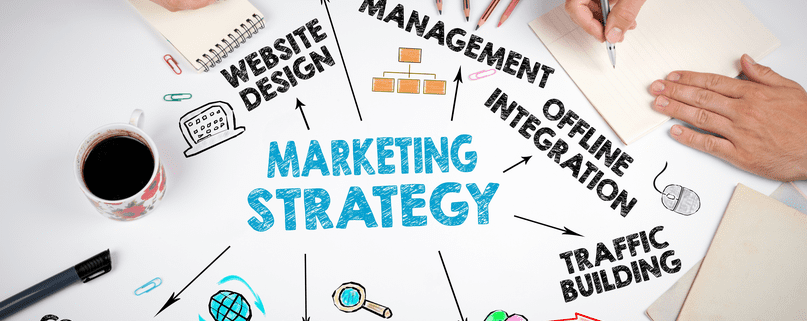
How Creativity and Data Driven Marketing Help Develop Marketing Campaigns
Not long ago, businesses simply didn’t have that much information to leverage when it came to crafting marketing campaigns. They could only draw conclusions about their audience from in-store information — as in, information on who bought what. Mostly, they just advertised to the audience that their products or services were initially intended for. A lot of their marketing effort came from the instincts of their advertising agency’s creative team. These days, advertising agencies have access to a wealth of data, which has led to data driven marketing. However, knowing how to use that data properly is important as well. It’s the agencies that merge data and creative to form the foundation of their marketing campaigns that tend to be the most successful.
How Data Driven Marketing Can Support Creativity
Although it’s difficult to argue that data hasn’t been hugely beneficial in terms of identifying who your audience is and how to reach them, a lot of people within the industry are scared that the use of data is restricting creativity. They believe that the increased use of data and automation is going to reduce innovation in marketing campaigns. There’s certainly some truth to this – but only if your marketing agency isn’t using your data properly. You don’t want your creative decisions to be solely based on numbers, after all.
However, you also don’t want to use your data as an afterthought either. For example, maybe you’ve produced both long-form and short-form blog content. Using analytics, you’ve found that your long-form content is performing better. You won’t want to try to take your short-form content and extend it so that it’s longer as this kind of strategy is akin to trying to fit a square peg into a round hole. Instead, you should keep this data in mind for future campaigns.
Data driven marketing is about creating a balance between the data you have and your creative. Take video content creation as an example. Video has become one of the most effective forms of content in the past few years as it’s become easier and cheaper to produce as well as easier for consumers to watch. According to recent stats, Facebook users are more likely to engage with your video if it draws them in within 1.7 seconds. When creating video content for Facebook, you’ll want to keep this in mind. It might seem restricting at first — but limitations are often what helps to drive creative solutions. Instead of looking at data as something that restricts the creativity of your marketing campaigns, look at it as a way to drive innovation.
While some critics fear that an over-reliance on data could ultimately hinder creative efforts, in reality, the use of data can help inform creative efforts to bolster the effectiveness of a marketing campaign. In this day and age, advertising agencies who do not leverage data to their advantage in order to influence the direction of their creative marketing decisions will quickly fall behind the competition.
















